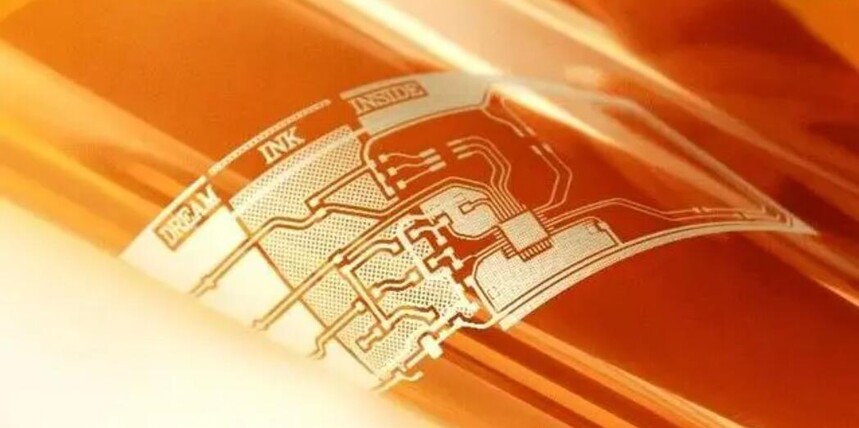|
3D printed Ultra-Thin Circuit Boards
Ultra-thin circuit boards, with their unique physical properties and excellent electronic performance, play an increasingly important role in the design of modern electronic devices.
With the advancement of science and technology, electronic products are increasingly moving towards smaller size, higher integration and higher performance, and ultra-thin circuit boards have become one of the key technologies to achieve this goal.The reason why ultra-thin circuit boards can maintain sufficient strength is mainly due to advanced material science and precise manufacturing processes.
In terms of materials, ultra-thin circuit boards usually use substrates with high strength and good flexibility, such as polymer materials such as polyimide (PI) and PET, which are not only light but also have good mechanical properties and can withstand a certain degree of bending and twisting without breaking. In addition, through special chemical treatment and surface coating technology, the physical strength and environmental corrosion resistance of the circuit board can be further enhanced to adapt to more complex and harsh application environments.
From a design perspective, in order to ensure the strength and reliability of ultra-thin circuit boards, engineers have adopted a variety of innovative design strategies.For example, by optimizing the circuit layout and wiring method, the stress concentration points on the circuit board can be reduced, thereby improving its overall structural stability.
At the same time, using high-density interconnect technology (HDI) and micro-hole technology, the connection density and signal transmission efficiency of the circuit can be improved without increasing the thickness of the board, which to a certain extent also helps to improve the performance and reliability of ultra-thin circuit boards.Advances in manufacturing processes are also one of the key factors in ensuring the strength of ultra-thin circuit boards.
With the continuous development of printed circuit board (PCB) manufacturing technology, it is now possible to achieve more refined and uniform line patterns, as well as more precise and stable inter-layer alignment.These technological advances not only improve the production efficiency and consistency of ultra-thin circuit boards, but also significantly improve their mechanical strength and durability.It is worth noting that although ultra-thin circuit boards have many advantages in maintaining strength, their limitations and potential challenges still need to be considered in practical applications.For example, ultra-thin circuit boards may be more susceptible to external physical impact, so corresponding protective measures need to be taken during design and use.
In addition, with the continuous increase in the functions of electronic devices and the improvement of performance requirements, how to further improve the performance and functional density of circuit boards while ensuring their strength is also an important issue that needs to be solved in future research and development.
The reason why ultra-thin circuit boards can maintain sufficient strength while being thin and light is mainly due to advanced material science, sophisticated design methods and continuously improved manufacturing processes.These factors work together to make ultra-thin circuit boards play an irreplaceable role in modern electronic devices. Post on 21-July-2023 |










